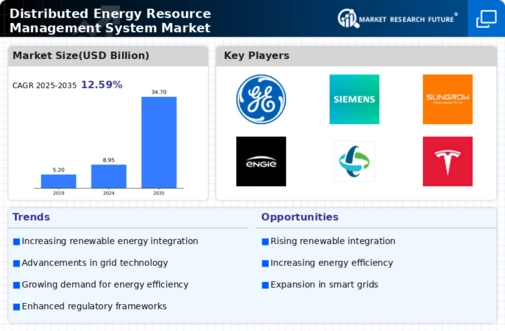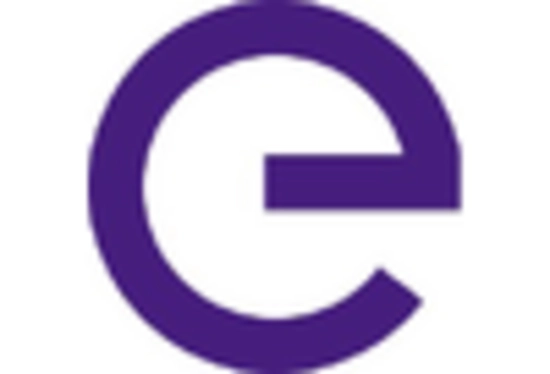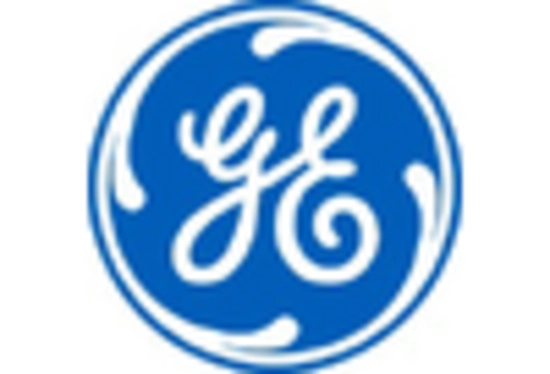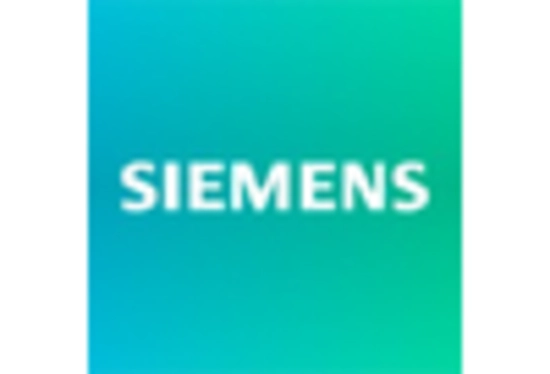Market Trends
Key Emerging Trends in the Distributed Energy Resource Management System Market
The Distributed Energy Resource Management System (DERMS) market has been experiencing significant growth and evolving trends in recent years. DERMS, a crucial component in the energy sector, is gaining prominence as the world transitions towards a more decentralized and sustainable energy landscape. One of the key market trends driving this growth is the increasing integration of renewable energy sources into the power grid. As solar and wind energy installations continue to rise, DERMS becomes essential for effectively managing the variability and intermittency associated with these sources. This trend is aligned with the global commitment to reducing carbon emissions and fostering a cleaner, greener energy mix.
Another notable trend in the DERMS market is the growing emphasis on grid resilience and reliability. With the rise in extreme weather events and natural disasters, there is a heightened awareness of the vulnerabilities in traditional centralized power systems. DERMS plays a pivotal role in enhancing grid resilience by enabling better control and coordination of distributed energy resources, such as solar panels, energy storage systems, and electric vehicles. This ensures a more robust and adaptable energy infrastructure capable of withstanding unforeseen challenges.
Moreover, advancements in technology, particularly in the realm of artificial intelligence (AI) and machine learning, are shaping the DERMS market. These technologies empower energy management systems to optimize the performance of distributed energy resources in real-time, making intelligent decisions based on data analytics. The integration of smart grids and IoT devices further enhances the capabilities of DERMS, enabling remote monitoring, control, and predictive maintenance. This technological evolution contributes to increased efficiency, cost-effectiveness, and overall system reliability.
The regulatory landscape is also influencing the DERMS market trends. Governments worldwide are enacting policies and incentives to support the adoption of renewable energy and decentralized energy systems. This has a direct impact on the demand for DERMS solutions, as utilities and energy service providers seek to comply with regulations, reduce carbon footprints, and meet sustainability targets. Additionally, the growing focus on energy decentralization and prosumer engagement, where consumers become producers of energy, is driving the need for advanced DERMS solutions that can seamlessly integrate diverse energy resources.
The DERMS market is witnessing increased collaboration and partnerships among industry players. Utilities, technology providers, and startups are joining forces to create integrated solutions that address the complex challenges of managing distributed energy resources. This collaborative approach fosters innovation, accelerates the development of standardized DERMS solutions, and facilitates interoperability within the evolving energy ecosystem.
The Distributed Energy Resource Management System market is undergoing dynamic changes driven by multiple interconnected trends. The integration of renewable energy sources, emphasis on grid resilience, technological advancements, evolving regulatory frameworks, and collaborative efforts within the industry are shaping the future of DERMS. As the world continues its transition towards a more sustainable and decentralized energy landscape, the DERMS market is poised for sustained growth, playing a pivotal role in shaping the future of the energy sector.

















Leave a Comment